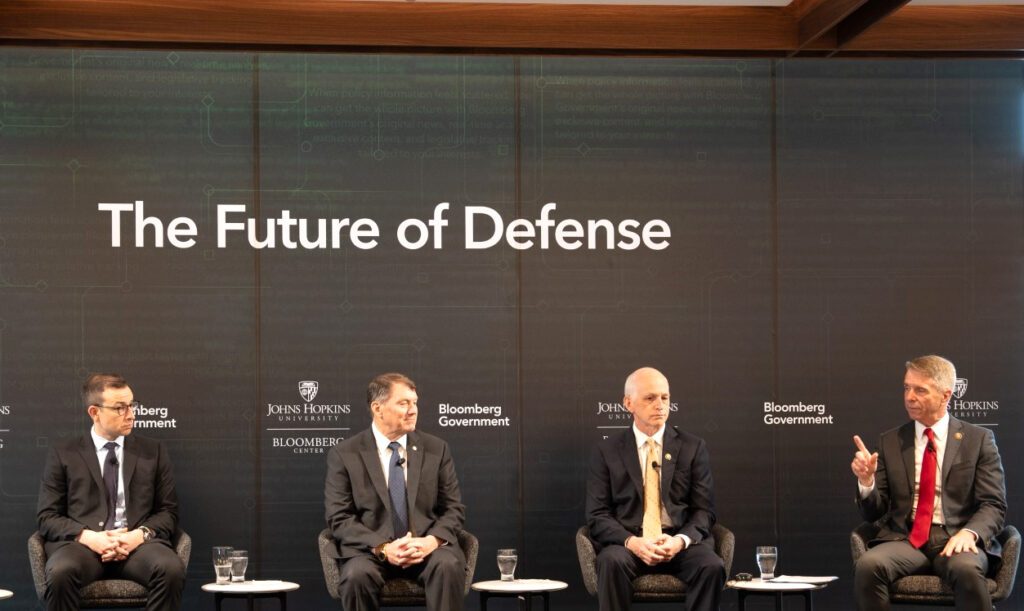Ongoing world conflicts show need for defense reforms
Congressional leaders weigh in on lessons from the changing nature of war
With the world facing the highest number of violent conflicts since World War II, Congressional leaders from the Armed Services Committees of the U.S. Senate and U.S. House are considering what it will take to build a military capable of meeting 21st century threats.
“There is a broader global struggle going on right now with Russia, China, Iran, North Korea, and various terrorist groups on one side of it,” Rep. Adam Smith (D-Wash.), the ranking member of the House Armed Services committee, said at a recent Bloomberg Government event. “They’re starting to pull people over to their side in a way that is really putting pressure on us, and we need to figure out how to counter that.
Smith was joined by Sen. Mike Rounds (R-SD) and Rep. Rob Wittman (R-Va.), who both serve on their respective armed services committees, and Jason Rathje, director of the Department of Defense’s Office of Strategic Capital, for a panel discussion at the Johns Hopkins University Bloomberg Center.

Here are three thoughts they shared on U.S. military modernization efforts:
- The Department of Defense (DoD) needs more flexibility to respond to rapidly changing war conditions.
Smith described the years-long DoD procurement process as an obstacle to innovation that slows down the acquisition of innovative technology. It’s a problem congressional and military leaders have said they’d like to address in this year’s military funding bill, known as the National Defense Authorization Act.
“I’m not talking about turning over all $900 billion and saying, ‘Spend it however you want.’” Smith said. “I’m talking about a small piece and saying ‘We’re going to give you the flexibility to make those purchases more quickly.’”
- Shoring up supply chains is critical for ensuring national security.
While supply chains for critical goods, such as semiconductors, have improved since 2020, “critical gaps” remain, said Rathje. His department, the Office of Strategic Capital, was established in 2022 to help resolve this issue and works to encourage private investment in strengthening supply chains vital to national security.
Whitman urged policymakers to think about supply chains holistically.
“Supply chains go all the way to source materials, and sometimes we forget about that,” he said, pointing to the critical minerals that go into weapon systems and rare Earth element required for semiconductors.
- Returning to a standard budgeting process.
For Rounds, there’s a “no-brainer” solution to encouraging the military to innovate and act more agilely: passing an annual federal budget on time.
“You can’t just do a continuing resolution,” he said, speaking of stopgap funding mechanisms. “Continuing resolutions cost us billions of dollars in spending per month because every single department, every single agency, every single office are now required to lay out their emergency stop plans.”
He argued for increasing the Department of Defense’s budget, saying the risks from cuts are too great.
“We talk about saving a billion dollars here or saving a billion dollars there. But what’s the cost for one war? Now, we’re talking a trillion dollars,” he said. “And worse yet, what is the cost if our adversaries are right, and we’re not up to speed? Because then you have not only the cost of fighting a war, but the a cost of losing a war.”